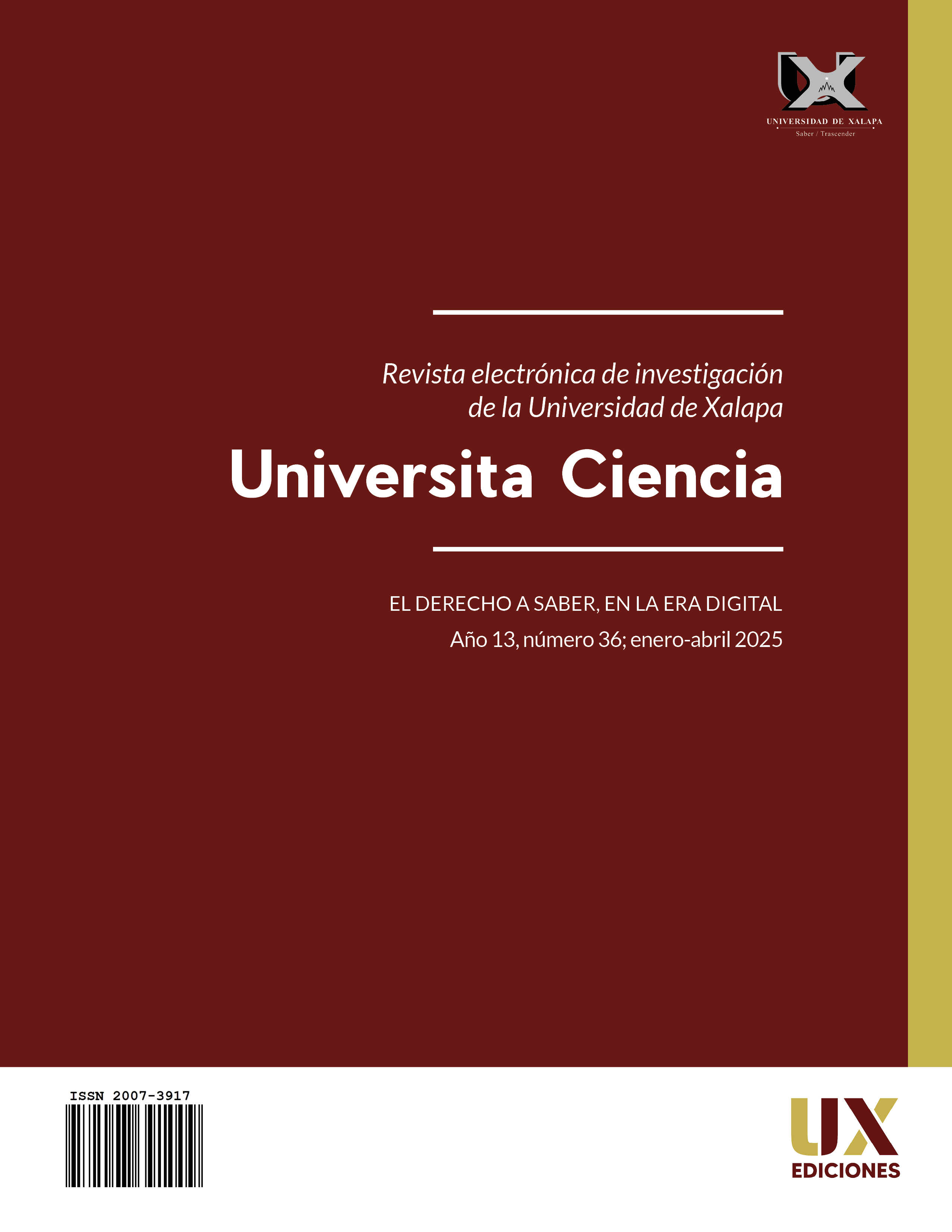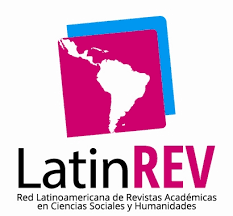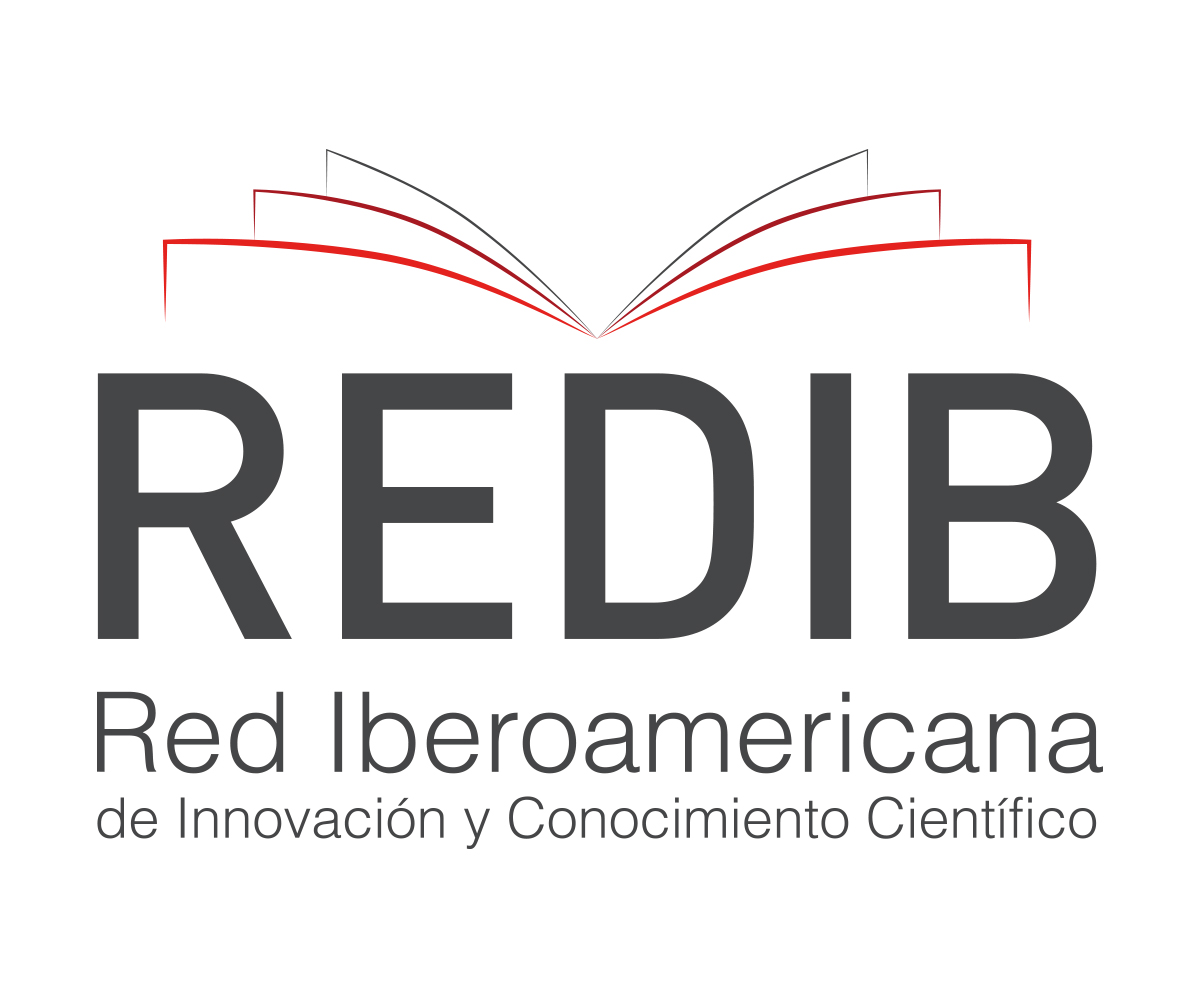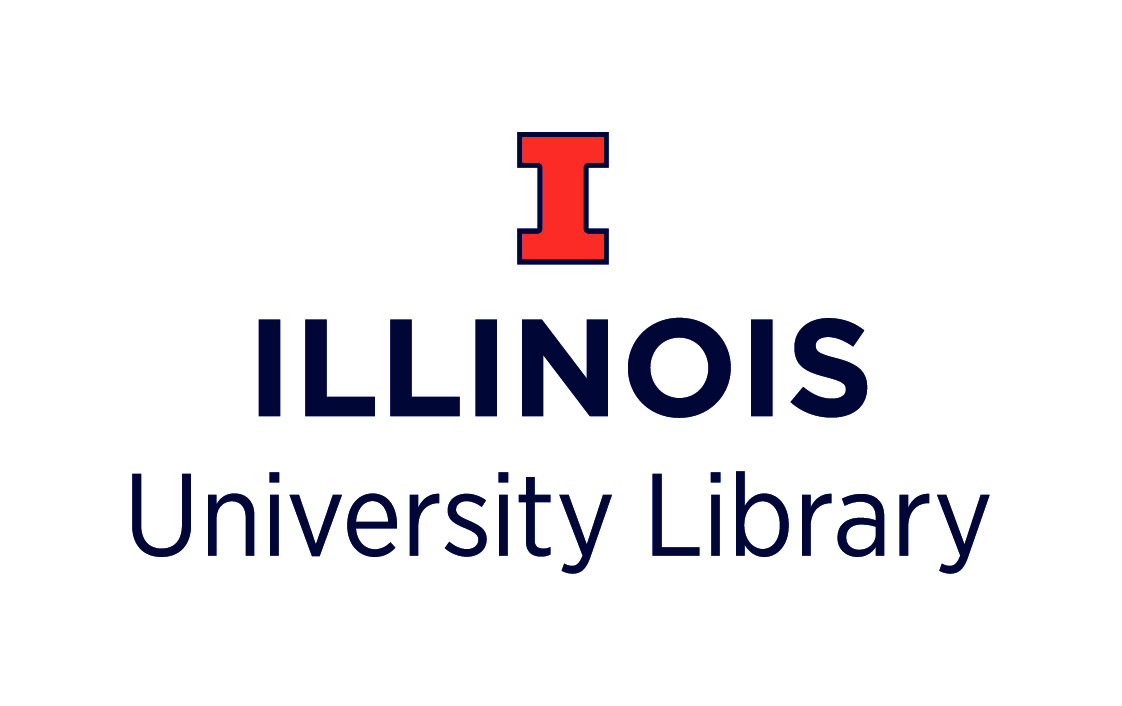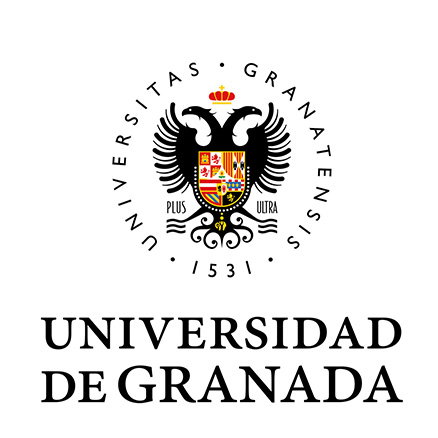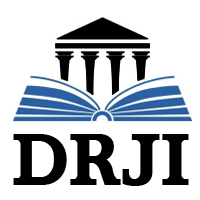Freedom of Expression and Rights in Conflict: Limits and Challenges in the Mexican Legal Framework
DOI:
https://doi.org/10.5281/zenodo.15122208Keywords:
free expresion, democracyAbstract
Freedom of expression is a fundamental human right that allows the transmission of thoughts, ideas and opinions, as long as they do not violate the rights of others. This article examines the challenges and limits of this right in the Mexican context, considering both national and international regulatory frameworks and human rights that may come into conflict, such as the right to honor, privacy and non-discrimination. In contemporary society, phenomena such as mass access to communication systems, anonymity on digital platforms, fake news, post-truth, the "heaters" phenomenon, and institutional censorship complicate the exercise of freedom of expression. In addition, technological development and the influence of the powers that be aggravate the risks associated with disinformation and social polarization.
The article also addresses the importance of protecting journalists and communicators, who face threats to their safety while carrying out their work. Despite advances in legislation and the creation of institutions such as the FEADLE, challenges persist in terms of effectiveness and scope.
Strategies are proposed to balance freedom of expression with other fundamental rights, highlighting the need to strengthen legal frameworks, promote media education and ensure the safety of journalists, in order to safeguard this essential right in a democratic society.
Metrics
References
Álvarez, J. (2020). Desinformación y fake news en México: Impactos en la democracia y los derechos humanos. Revista de estudios sociales, 18(2), 35-48.
Ayala Corao, C. M. (2006). El derecho humano a la libertad de expresión: Límites aceptados y responsabilidades ulteriores. Red Ius et Praxis.
Castells, M. (2013). Comunicación y poder. Editorial Alianza.
Chomsky, N. (2011). Los medios y el poder. Editorial Crítica.
Comisión Interamericana de Derechos Humanos. (2000). Declaración de Principios sobre Libertad de Expresión. https://www.oas.org/es/cidh/expresion/showarticle.asp?artID=14&lID=1
Comisión Nacional de los Derechos Humanos (CNDH). (2024). Derechos Humanos y Libertad de Expresión.
Constitución Política de los Estados Unidos Mexicanos (CPEUM). (2022). https://www.diputados.gob.mx/LeyesBiblio/pdf/CPEUM.pdf
Corte Interamericana de Derechos Humanos (1985). Opinión Consultiva OC-5/85, “La colegiación obligatoria de periodistas”, Párr. 30 y 31.
Dalla Via, A. R. (2006). La libertad de expresión en la sociedad abierta. Red Ius et Praxis.
Faúndez L., H. (2001) Gobierno de los jueces y libertad de expresión, en La libertad de expresión amenazada, IIDH, Editorial Jurídica Venezolana.
Figueroa, M. (2021). El derecho a la libertad de expresión en México: Retos y avances. Editorial Justicia y Derecho.
Fuchs, C. (2017). Social media: A critical introduction. Sage Publications.
Fuentes Torrijo, X. (2006). Criterios para solucionar el conflicto entre la libertad de expresión y la protección de la honra de las personas: Dos métodos distintos de razonamiento jurídico. Red Ius et Praxis.
González, A. (2020). Libertad de prensa y democracia: La importancia de una prensa libre en las sociedades modernas. Revista de Comunicación Social, 15(3), 123-145.
Khan, R. (2016). Freedom of expression and the media. Journal of Human Rights, 10(3), 45-59.
Krämer, B. (2017). The concept of "post-truth" and its relevance for media research. Media, Culture & Society, 39(7), 1-16.
Lozano Ramírez, J. (2006). Límites y Controles a la Libertad de Expresión.
López Guerra, L., et al. (2003). Derecho constitucional. Volumen I. El ordenamiento constitucional. Derechos y deberes de los ciudadanos (6ª ed.). Tirant lo Blanch.
McLuhan, M. (1964). Understanding media: The extensions of man. McGraw-Hill.
Molina, P. (2019). La protección de los periodistas en México: Análisis de la legislación y su implementación. Editorial Universidad Nacional Autónoma de México.
Pinto, M. (1997). La libertad de expresión y derecho a la información como derechos humanos, Estudios Básicos de Derechos Humanos, Tomo X, IIDH, San José, Costa Rica.
Relatoría Especial para la Libertad de Expresión de la Comisión Interamericana de Derechos Humanos. (2016). La censura y la libertad de expresión en América Latina. https://www.oas.org/es/cidh/expresion/showarticle.asp?artID=19&lID=1
Riva Palacio, R. (1998). Más allá de los límites, ensayos para un nuevo periodismo. Universidad Iberoamericana, Fundación Manuel Buendía.
Riva Palacio, R. (1999). Cultura política, medios de comunicación y periodismo en México. Revista Mexicana de Comunicación, 47, 21-28.
Rodríguez, L. (2022). Desafíos en la investigación de delitos contra la libertad de expresión en México. Anuario de Derecho Penal, 28(1), 87-101.
Rodríguez Zepeda, J. (1996). Estado de Derecho y Democracia. Cuadernos de Divulgación de la Cultura Democrática, No. 12, Instituto Federal Electoral.
Vosoughi, S., Roy, D., & Aral, S. (2018). The spread of true and false news online. Science, 359(6380), 1146-1151.
UNICEF. (2021). El interés superior del menor y su protección en entornos digitales.
Organización de los Estados Americanos (OEA). (1969). Convención Americana sobre Derechos Humanos.
Oficina del Alto Comisionado de las Naciones Unidas para los Derechos Humanos (OHCHR). (2017). Derecho a la Privacidad. https://www.ohchr.org/es/instruments-mechanisms/instruments/international-covenant-civil-and-political-rights#:~:text=su%20personalidad%20jur%C3%ADdica.-
Suprema Corte de Justicia de la Nación (SCJN). (2022). La Presunción de Inocencia.
Secretaría de la Función Pública (SFP). (2022). Derechos ARCO: Acceso, Rectificación, Cancelación y Oposición. https://www.gob.mx/sfp/acciones-y-programas/derechos-arco
Vázquez, A., Carlos A. (2024). Derechos humanos, comunicación y sociedad. Una mirada transdisciplinaria a los derechos jurídicos y tecnológicos, Universidad de Xalapa.
Published
How to Cite
Issue
Section
License

This work is licensed under a Creative Commons Attribution-NonCommercial-ShareAlike 4.0 International License.
This journal adheres to the Creative Commons license in the definition of its policy of open access and reuse of published material, in the following terms:
- Accessibility to articles and other publications in whole or in part under the concept of copying, distribution, public communication , interactive access (through the Internet or other means), explicitly maintaining the recognition of the author or authors and the journal itself (authorship acknowledgment).
- Warning that if the articles are remixed, modified or fragments used in other creations, the modified material cannot be distributed, nor is it allowed to reconstruct versions from the original published articles (derived works).
- The use of the contents of the published articles, in whole or in part, for profit (non-commercial recognition) is prohibited.
The author retains copyright, transfers or grants exclusive commercial rights to the publisher, and a non-commercial license is used.

